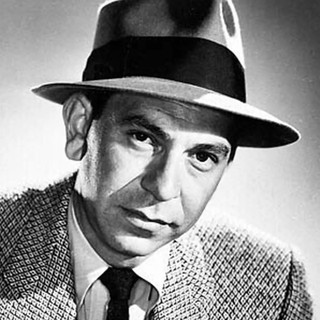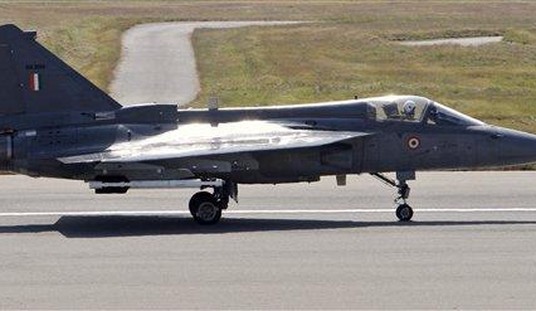Accompanied by inordinate self-congratulation, on Dec. 11 the Los Angeles city controller’s office released what it touted as the “first ever” audit of the Los Angeles Police Department’s Air Support Division (ASD). The LAPD operates the nation’s largest airborne law enforcement fleet, with 17 helicopters and a twin-engine, fixed-wing aircraft. Understandably, most concerning to the controller is the operation’s $46.6 million annual cost, some significant portions of which he feels might be put to better use.
Before delving into the details of the audit, it’s important to understand the role of the controller in L.A.’s governance. As defined in the city charter, the controller is the municipal accountant, keeping the city’s books up to date and paying its employees every other Wednesday. The position is an elected office and in theory is nonpartisan. Campaigns for the job have traditionally been unremarkable if not utterly uninteresting. In my many years living in Los Angeles and serving as an LAPD officer, the only reason I knew the controller’s name was that it appeared on my paychecks.
Things changed in 2022 with the election of Kenneth Mejia, who after three unsuccessful campaigns for a seat in the U.S. House – twice as a Green Party candidate and once as a Democrat – recalibrated his ambitions and aimed for the unglamorous position of city controller. He was elected with 63 percent of the votes cast, aided in no small part by his “progressive” anti-police positions, which aligned well with the post-George Floyd passions of the time in a city whose politics had been swinging left for years. Since taking office Mejia has been a shameless self-promoter, doubtless even now, two years into his first term, contemplating a campaign for some loftier position. In the service of this ambition, his audit of the LAPD’s helicopter operation is but a P.R. campaign, with his name featured prominently in press releases and social media posts.
Which brings us back to the audit itself, which is remarkable more for what it doesn’t reveal about Air Support Division than for what it does. Perhaps there is some technical and legalistic way Mejia’s audit can be described as the “first ever” for ASD, but the division has been scrutinized by various city entities endlessly over the years, including when I worked there more than 30 years ago. Granted, the operation’s price tag is considerable, and Mejia is hardly the first aspiring politician to get googly-eyed at the prospect of spending those millions on endeavors that may be repaid in votes.
The audit’s flaws are evident on its very first page. Presented as though it were some shocking revelation is the fact that “61 % of flight time was dedicated to activities not associated with the highest priority incidents, such as transportation flights, general patrol time, and ceremonial flights.” Some background is called for here. Weather allowing (as it most often does), the LAPD has two patrol helicopters in the air for 20 hours each day. Keep in mind that Los Angeles has a population of 3.8 million spread over 469 square miles. The city extends 44 miles from its northernmost point in the San Fernando Valley to its southernmost in the San Pedro Harbor, and 24 miles from west to east, from the beach to its city limits on the East Side. Patrolling this expanse on the ground are officers assigned to 21 patrol stations, whose efforts are aided by officers in helicopters. If a mere 39 percent of aircrews’ time is spent on high-priority incidents, it is only because ground units’ time is similarly allocated. If helicopters were to wait on the ground until some high priority incident is reported, by the time they arrived overhead the perpetrators would be long gone.
Though the controller’s audit went to great lengths on ASD’s costs, little was noted about its benefits. From Jan. 1, 2018, through Dec. 14, 2023, ASD responded to 200,137 incidents. There were 40,189 instances in which a helicopter was first to arrive at the scene of a reported crime. ASD personnel initiated 7,935 felony arrests and assisted in 47,333 others. LAPD helicopters were involved in 2,424 pursuits involving LAPD ground units, and 136 others involving suburban police departments or the California Highway Patrol. It's easy for bean-counters like Keith Mejia to tally up the dollars and cents all those helicopters cost, but neither he nor anyone can calculate the money – to say nothing of the lives – saved by things that did not happen because airborne police officers averted them.
Taking vehicle pursuits as just one example, a common scenario in which helicopters become involved is when officers spot a stolen car being driven on the street. Upon the arrival of a helicopter overhead, officers on the ground initiate a traffic stop. If the driver flees and a pursuit is initiated, the helicopter can engage in “tracking mode,” in which ground units back off and allow the eyes in the sky to keep watch on the stolen car until the driver abandons it, at which time ground units can be directed in for the arrest. Given that any traffic collision related to a police pursuit results in a lawsuit, some of which yield large payouts from the city, one can easily surmise that the tracking tactic saves money. Without helicopters, Los Angeles would no doubt adopt the type of no-pursuit policies seen elsewhere, policies that avoid the risks of car chases at the expense of allowing criminals to escape at will.
Predictably, the Los Angeles Times reported uncritically on the audit, regurgitating some points Mejia found concerning but which are easily explained under elementary examination. For example, the Times reported that “the affluent neighborhoods of Pacific division accounted for 6.1% percent of ‘Part 1 Incidents’ but only 3.3% of the LAPD’s ‘helicopter engagements,’ the audit found.” Had Mejia’s auditors or the Times reporter exerted the slightest effort, they would have learned that large swaths of Pacific Division are off limits to helicopters due to air traffic control restrictions related to LAX and Santa Monica airports. (As discussed here, the Times committed a similar error when reporting on police helicopters last February.)
Meanwhile, LAPD officers are still waiting for the back pay that’s been owed to them for months. The L.A. controller’s office might be well advised to stick to its knitting and perform its most basic functions before trying to change how the city is policed.










Join the conversation as a VIP Member